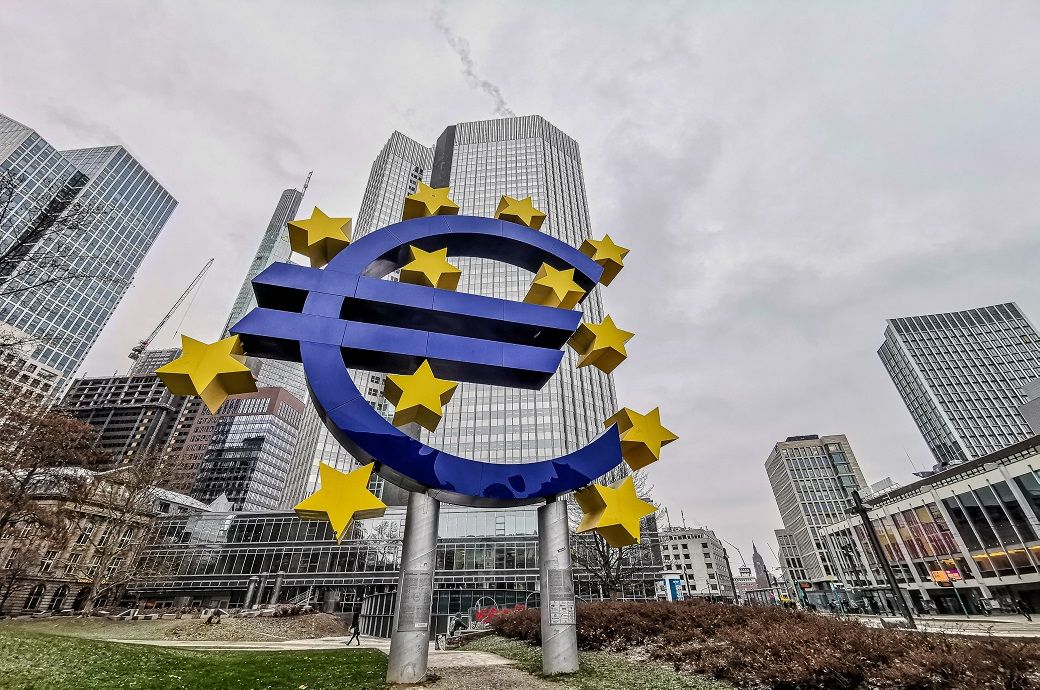Weak competitiveness, structural rigidities and a complex set of rules that vary across its member states are the reasons why the EU is quickly falling behind global competitors, she told policymakers at the Euro Finance Week in Frankfurt.
“Our analysis shows that if all EU countries were merely to lower their barriers to the same level as that of the Netherlands, internal barriers could fall by about 8 percentage points for goods and 9 percentage points for services,” Lagarde said. The Netherlands is one of the EU’s most open economies.
The EU can offset the impact of US tariffs on growth by removing internal barriers, European Central Bank chief Christine Lagarde has said.
She blamed weak competitiveness, structural rigidities and a complex set of varying rules across member states for the EU quickly falling behind competitors.
ECB analysis finds that internal barriers in goods markets are equivalent to tariffs of around 65 per cent.
“If we only did a quarter of that, it would be sufficient to boost internal trade enough to fully offset the impact of US tariffs on growth,” Lagarde told a conference.
ECB analysis finds that internal barriers in services and goods markets are equivalent to tariffs of around 100 per cent and 65 per cent respectively.
“Of course, we should not expect these barriers to disappear altogether: not all products are equally tradeable, and national preferences will always play a role. Policy can reduce certain frictions, but it cannot eliminate them entirely,” she noted.
Bundesbank president Joachim Nagel said the EU’s internal barriers prevented ‘hidden champions’, or well-established firms with strong domestic reach, from having the sort of global impact that US rivals enjoy.
“Many firms are neither small enough to be truly agile and highly innovative, nor large enough to fully benefit from economies of scale,” Nagel said at the same event.
To overcome these barriers, Lagarde and Nagel both argued for a ’28th regime’—an alternative legal framework that would be uniform across the EU and stand above the 27 member states’ own rules.
Such an optional regime would ease the need to harmonise rules, a seemingly impossible task, given the complexities, they noted.
“This would make cross-border operations easier, cut compliance costs even more, and help businesses scale up faster,” Nagel said. “In effect, it would remove some of the remaining barriers across our internal market, which encompasses 450 million customers.”
Such a regime could also mobilise domestic savings, which are leaving the bloc in hopes of better returns. Euro zone households now keep around €6.5 trillion in US stocks, about twice the amount they held at the end of 2015.
“If we get this right, firms that could grow based on genuinely European regimes would also be best placed to access pan-European financing, helping to channel our vast savings into productive investment,” Lagarde added.
Lagarde’s other suggestions included harmonising value-added taxes and extending qualified majority voting in the EU, so veto powers could be wielded less frequently.
Fibre2Fashion News Desk (DS)
